India republic day in English and Hindi
“Welcome to ASKMORETOLEARNMORE, where knowledge is our compass and curiosity our guiding star. Join us on a journey of exploration, learning, and inspiration as we delve into the world of wisdom, In this post we will see India republic day in English and Hindi .”
Table of Contents
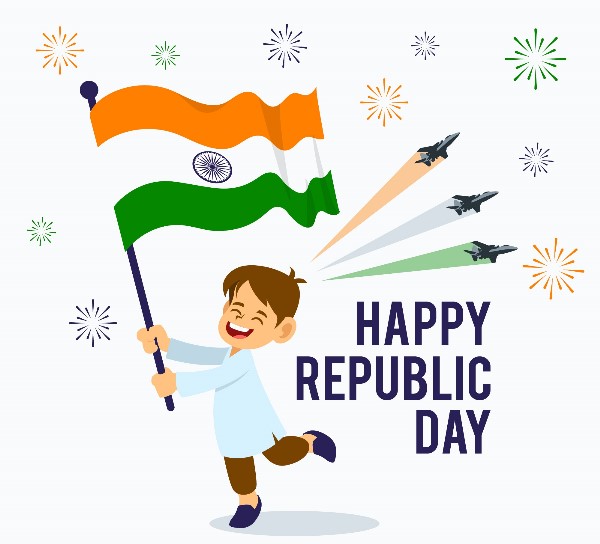
India republic day in English
Title: Republic Day: Celebrating India’s Democratic Legacy
Introduction
Republic Day is a significant national holiday celebrated in India every year on January 26th. It marks the day on which the Constitution of India came into effect in 1950, replacing the Government of India Act (1935) as the governing document of the nation. The 26th of January holds a special place in the hearts of every Indian as it symbolizes the birth of the world’s largest democracy. This essay, with a comprehensive discussion spanning 3000 words, aims to explore the historical significance of Republic Day, the evolution of India’s constitution, the elaborate celebrations and parades, the role of the President, and the enduring values of democracy and sovereignty in India’s journey.
Historical Significance of Republic Day
To understand the importance of Republic Day, one must delve into India’s history and its struggle for independence. The seeds of a republic were sown during the Indian freedom movement, which culminated in the attainment of independence from British colonial rule on August 15, 1947. However, India’s quest for true self-governance and democracy didn’t end with independence; it was followed by a rigorous effort to craft a constitution that would guide the nation in the path of equality, justice, and liberty.
The legacy of India’s freedom struggle, spearheaded by leaders like Mahatma Gandhi, Jawaharlal Nehru, Dr. B.R. Ambedkar, and many others, laid the foundation for the establishment of a republic. The leaders of the Indian National Congress and other political parties recognized the need for a Constitution that would enshrine the principles of democracy and ensure that the country’s destiny was determined by its people.
The year 1947 marked India’s independence, but it was only on January 26, 1950, that India became a republic. The Indian Constitution, with its principles of justice, liberty, equality, and fraternity, came into force on that day. January 26, 1950, was chosen as the date for adopting the constitution because it held historical significance. On this day in 1930, the Indian National Congress declared Purna Swaraj or complete independence from British rule. So, Republic Day not only marked the formal inauguration of the Constitution but also paid homage to the struggles and sacrifices made by countless freedom fighters who fought for a democratic, sovereign India.
The Evolution of India’s Constitution
The adoption of a constitution is a remarkable event in any nation’s history, as it sets the framework for governance, establishes the rule of law, and enshrines the rights and responsibilities of citizens. India’s Constitution is particularly significant due to its diversity, complexity, and the ideals it upholds.
The process of crafting the Indian Constitution was a monumental task that spanned over two years and involved the hard work and dedication of the Constituent Assembly. The Constituent Assembly was comprised of 299 members, representing diverse regions, communities, and ideologies. Dr. B.R. Ambedkar served as the Chairman of the Drafting Committee, and his leadership and expertise played a pivotal role in shaping the Constitution.
The Indian Constitution draws from various sources, including the Government of India Act (1935), the British Constitution, and the constitutions of other democratic nations. It incorporates a blend of parliamentary democracy, federalism, and fundamental rights that safeguard individual liberties. The Constitution reflects the values and aspirations of a country that had just emerged from a long struggle against colonial rule and was eager to embark on the path of self-governance.
Some of the key features of the Indian Constitution include:
Sovereign Republic: India is a sovereign nation, free from external interference or control.
Preamble: The Preamble to the Constitution sets out the ideals and objectives of the nation, including justice, liberty, equality, fraternity, and democracy.
Fundamental Rights: The Constitution guarantees fundamental rights to every citizen, including the right to equality, freedom of speech, and protection from discrimination.
Directive Principles of State Policy: These principles guide the government in the pursuit of social and economic justice for its citizens.
Federal Structure: India follows a federal structure with a division of powers between the central government and the states.
Separation of Powers: The Constitution provides for a clear separation of powers among the executive, legislative, and judicial branches of government.
Secularism: India is a secular nation that respects the freedom of religion and maintains a separation between religion and the state.
Democratic Republic: India is a democratic republic where power is vested in the hands of the people, who elect their representatives through regular, free, and fair elections.
Social Justice: The Constitution is committed to promoting social justice and ensuring the welfare of marginalized and disadvantaged groups through affirmative action.
Independent Judiciary: The judiciary is independent and plays a crucial role in upholding the rule of law and protecting the rights of citizens.
The adoption of the Constitution was a momentous occasion, with the Constituent Assembly members signing it on January 24, 1950, and the document coming into effect on January 26, 1950. This date marks the birth of the Indian Republic, making Republic Day a symbol of India’s transformation from a colony to a free, democratic nation.
Republic Day Celebrations
Republic Day is celebrated across India with great enthusiasm and pride. The celebrations are characterized by various events, ceremonies, and cultural performances that showcase the rich diversity and cultural heritage of the country. Some of the key components of Republic Day celebrations include:
Flag Hoisting: The President of India, as the ceremonial head of the state, hoists the national flag at the Red Fort in Delhi. Similar flag-hoisting ceremonies take place in state capitals, district headquarters, and various government offices across the country.
Parades: The Republic Day parade in Delhi is the centerpiece of the celebrations. It features an impressive display of India’s military strength, with the armed forces, paramilitary units, and police marching in perfect synchronization. The parade also showcases various regiments, artillery, tanks, and air force flyovers.
Tableaux: Each state and union territory of India participates in the parade with a tableau that highlights its unique culture, traditions, and achievements. These colorful displays provide a glimpse into the diverse regions of the country.
Cultural Performances: Republic Day celebrations also include cultural performances, with schoolchildren, artists, and troupes from various states presenting dances, songs, and other artistic expressions that reflect India’s diversity.
Awards and Honors: The President presents several awards and honors on Republic Day, including the Bharat Ratna, the Padma Awards, and awards for bravery.
Beating Retreat: The Beating Retreat ceremony is held on January 29th at Vijay Chowk in Delhi. It marks the end of the Republic Day celebrations and is a spectacular display of music, lights, and military band performances.
Celebrations at Schools: Schools and educational institutions throughout the country also celebrate Republic Day with flag hoisting, cultural programs, and educational activities that highlight the significance of the day.
Patriotic Songs: Republic Day is marked by the singing of patriotic songs like “Vande Mataram” and “Jana Gana Mana,” India’s national anthem.
Community Celebrations: People from various walks of life come together to celebrate Republic Day. Community events, flag hoisting ceremonies, and cultural programs are organized in towns and villages.
The Role of the President
The President of India plays a central role in Republic Day celebrations. The President is the ceremonial head of the state and holds the highest office in the country. On Republic Day, the President carries out various duties and participates in key events:
Flag Hoisting: The President hoists the national flag at the Red Fort in Delhi, which is followed by the singing of the national anthem.
Presidential Address: The President addresses the nation on the eve of Republic Day, outlining the achievements and challenges facing the country.
Chief Guest: Republic Day parades often have a foreign dignitary as the chief guest. This is a symbol of India’s diplomatic relations and partnerships with other countries.
Presentation of Awards: The President presents awards and honors on Republic Day, recognizing the contributions and achievements of individuals in various fields.
Participation in Celebrations: The President participates in various Republic Day events, including the parade and Beating Retreat ceremony, reinforcing the significance of the day.
The Enduring Values of Democracy and Sovereignty
Republic Day is a celebration of India’s core values, which have guided the nation since its inception as a republic. Some of these enduring values include:
Democracy: India’s commitment to democracy is one of its most cherished values. The Constitution guarantees every citizen the right to vote, ensuring that power rests with the people. Elections are held regularly, and citizens have the opportunity to choose their representatives at the local, state, and national levels.
Sovereignty: Sovereignty means that India is an independent nation with full control over its destiny. The country is not subject to external interference or domination. The principle of sovereignty ensures that India makes its decisions based on its national interest.
Equality: The Constitution enshrines the principle of equality, which prohibits discrimination based on religion, race, caste, gender, or place of birth. This value emphasizes the importance of equal rights and opportunities for all citizens.
Justice: The pursuit of justice is a core value of the Indian Constitution. The Constitution divides justice into three parts: social justice, economic justice, and political justice. It seeks to ensure fairness, protect the rights of individuals, and promote the welfare of all citizens.
Liberty: Liberty, in the context of the Constitution, represents freedom from oppressive government and the protection of individual rights. It allows citizens to express their opinions, practice their religions, and make choices without undue interference.
Fraternity: Fraternity encourages a sense of brotherhood and unity among all citizens, regardless of their differences. It emphasizes the importance of social harmony and mutual respect among diverse communities.
These enduring values serve as the foundation of the Indian Republic and guide the nation in its pursuit of progress and development. They reflect the ideals and principles that India’s founding fathers and mothers held dear during the freedom struggle and the creation of the Constitution.
Challenges and Achievements
Republic Day is not just a celebration of achievements but also an occasion for reflection on the challenges India faces in its journey as a democratic nation. Over the years, India has made significant progress in various areas, including economic growth, education, healthcare, and technology. It has emerged as a global player with a vibrant democracy and a diverse society.
However, India also faces several challenges:
Poverty: Despite economic growth, a significant portion of India’s population still lives in poverty. Poverty eradication remains a pressing challenge.
Inequality: Income and social inequality persist, and marginalized communities continue to face discrimination and exclusion.
Corruption: Corruption is a persistent challenge in India, affecting various aspects of public life, from governance to business.
Healthcare: Access to quality healthcare remains unequal, with disparities in healthcare services and facilities between urban and rural areas.
Education: While progress has been made in expanding access to education, quality remains a concern in many regions.
Infrastructure: India’s infrastructure development is lagging behind, affecting transportation, urban planning, and utilities.
Environmental Issues: Environmental challenges, including air and water pollution, deforestation, and climate change, are critical issues that require attention.
Political Polarization: India has seen growing political polarization and social tensions in recent years, which threaten social harmony and democratic values.
Despite these challenges, India’s democratic spirit, resilience, and commitment to justice and equality continue to guide the nation. Republic Day serves as a reminder of the country’s democratic aspirations and its ongoing journey to address these challenges.
Republic Day is celebrated with great enthusiasm and patriotic fervor in schools across India. Here are some common ways in which schools celebrate Republic Day:
Flag Hoisting: The day typically begins with the hoisting of the national flag by the school principal or a special guest. Students and teachers gather in the school grounds for this ceremony.
Singing the National Anthem: After the flag hoisting, the national anthem is sung with pride and reverence. It’s a moment of unity and patriotism.
Cultural Programs: Schools organize cultural programs featuring patriotic songs, dances, and skits. Students often dress up in traditional attire and perform to showcase India’s diverse culture.
Speeches and Essays: Many students deliver speeches or read essays about the significance of Republic Day and the Indian Constitution. These speeches often highlight the importance of democracy and fundamental rights.
March Past and Drills: Some schools organize march pasts and drill displays by students. It’s a way to instill discipline and teamwork among the students.
Patriotic Art and Craft: Students often engage in art and craft activities related to Republic Day, creating tricolor decorations, rangoli designs, and greeting cards.
Quiz Competitions: Schools may organize quiz competitions with questions related to India’s history, constitution, and prominent leaders. It’s an educational way to celebrate the day.
Guest Speakers: Sometimes, schools invite guest speakers, often veterans or dignitaries, to talk to students about the importance of Republic Day and the sacrifices made for the country.
Fancy Dress Competitions: Some schools host fancy dress competitions where students dress up as iconic figures from India’s history, like Mahatma Gandhi, Jawaharlal Nehru, or Bhagat Singh.
Patriotic Pledges: Students and teachers often take patriotic pledges to uphold the values and principles of the Indian Constitution and work for the betterment of the nation.
Distributing Sweets: Sweets are often distributed to students as a symbol of celebration and joy. The most common sweets distributed are laddoos and jalebis.
Educational Workshops: Some schools organize workshops and discussions on democracy, fundamental rights, and the working of the Indian government. This helps students gain a better understanding of the constitution.
Decorations: Schools are decorated with the national flag, banners, and rangoli patterns in the colors of the Indian flag.
Republic Day celebrations in schools not only foster a sense of patriotism but also educate students about the importance of democracy, equality, and the rule of law in the development of the nation. It’s a time to instill a deep love for the country and a sense of responsibility towards its future.
Conclusion
Republic Day is a momentous occasion that holds profound significance in the hearts of every Indian. It is a day when the country celebrates its democratic values, sovereignty, and commitment to justice, liberty, equality, and fraternity. The adoption of the Indian Constitution on January 26, 1950, marked the birth of the Indian Republic, fulfilling the dreams and aspirations of the freedom fighters who dedicated their lives to the cause of self-governance and democracy.
Republic Day is not just a ceremonial event but a reminder of the enduring values that guide India in its journey as a democratic nation. It showcases the country’s diversity and unity, with colorful parades, cultural performances, and the participation of people from all walks of life.
As India continues to face various challenges, Republic Day serves as a beacon of hope and a reminder of the nation’s potential to overcome obstacles and progress toward a brighter future. It reaffirms the democratic ideals that have been the foundation of India’s success and the principles that will continue to shape the nation’s destiny in the years to come. Republic Day is a celebration of India’s democratic legacy, a tribute to its founding fathers and mothers, and a symbol of its enduring commitment to justice and equality for all its citizens.
India republic day in Hindi
गणतंत्र दिवस पर निबंध (Essay on Republic Day in Hindi):
गणतंत्र दिवस भारतीय गणराज्य का महत्वपूर्ण त्योहार है जो प्रतिवर्ष 26 जनवरी को मनाया जाता है। यह दिन भारतीय संविधान की प्रमुखता को याद करने और मनाने के रूप में मनाया जाता है।
गणतंत्र दिवस का महत्वपूर्ण इतिहास है। 26 जनवरी 1950 को, भारतीय संविधान को लागू किया गया और भारत गणराज्य घोषित किया गया। इस दिन से पहले, भारत ब्रिटिश साम्राज्य का हिस्सा था, लेकिन इस दिन से यह एक स्वतंत्र गणराज्य बन गया।
गणतंत्र दिवस को देश भर में धूमधाम से मनाया जाता है। दिल्ली के रेड फ़ॉर्ट पर, भारतीय राष्ट्रपति गणतंत्र दिवस के अवसर पर तिरंगा झंडा फहराते हैं और राष्ट्रीय गीत गाते हैं। समारोह में सेना की नम्र श्रद्धांजलि दी जाती है और भारतीय वायुसेना की वायुदल द्वारा परेड किया जाता है।
गणतंत्र दिवस के दिन, विभिन्न विद्यालय, कॉलेज, और संगठनों में भी समारोह आयोजित किए जाते हैं। विद्यार्थियों और समाज के विभिन्न वर्गों के लोग भाषण, गीत-नृत्य, और कविता पाठ करते हैं और गणतंत्र दिवस के महत्व को सबके सामने रखते हैं।
इस दिन को मनाने के साथ, लोग विचार करते हैं कि उनका कर्तव्य क्या है और कैसे वे देश के विकास और सुधार के लिए योगदान कर सकते हैं। गणतंत्र दिवस भारतीय संविधान और गणराज्य के महत्व को याद दिलाने और इसके महत्व को समझाने का महत्वपूर्ण अवसर है।
गणतंत्र दिवस प्रतिवर्ष 26 जनवरी को मनाया जाता है, और यह भारत के संविधान के प्रारंभिक प्रवृत्ति की याद करने के रूप में मनाया जाता है। भारतीय संविधान, जो विभिन्न अधिकारों, कर्तव्यों और विधि-नियमों का संगठन है, गणतंत्रता का परिचय करता है और देश की सरकारी प्रणाली की मान्यता देता है। इसलिए गणतंत्र दिवस को राष्ट्रीय महत्व का दिवस माना जाता है।
गणतंत्र दिवस को राष्ट्रपति के सामने झंडा फहराने की दिवसीय परंपरा के रूप में भी मनाया जाता है। राष्ट्रपति राष्ट्रीय ध्वज को फहराते हैं और एक संविशेष समारोह के दौरान देश की प्रगति, विकास और एकता का संदेश देते हैं। इसके अलावा, राष्ट्रीय समारोहों, परेड्स, रैलीयां, सांस्कृतिक प्रस्तुतियाँ और विभिन्न योजनाएं आयोजित की जाती हैं जो देशवासियों के बीच जागरूकता बढ़ाने के लिए हैं।
गणतंत्र दिवस का महत्व यह है कि यह दिन देशवासियों को उनके संविधानिक अधिकारों और कर्तव्यों के प्रति जागरूक करता है। यह दिन एकता, स्वतंत्रता, और समाजिक न्याय के महत्व को प्रमोट करता है और सभी वर्गों के लोगों को एक साथ लाने का उद्देश्य रखता है। यह दिन देशवासियों को दिखाता है कि उन्हें एक विशिष्ट और महान गणराज्य के भागीदार के रूप में जीने का गर्व है।
गणतंत्र दिवस का महत्व यह है कि यह दिन देशवासियों को उनके संविधानिक अधिकारों और कर्तव्यों के प्रति जागरूक करता है। यह दिन एकता, स्वतंत्रता, और समाजिक न्याय के महत्व को प्रमोट करता है और सभी वर्गों के लोगों को एक साथ लाने का उद्देश्य रखता है। यह दिन देशवासियों को दिखाता है कि उन्हें एक विशिष्ट और महान गणराज्य के भागीदार के रूप में जीने का गर्व है।
इस दिन को मनाने के साथ, लोग विचार करते हैं कि उनका कर्तव्य क्या है और कैसे वे देश के विकास और सुधार के लिए योगदान कर सकते हैं। गणतंत्र दिवस भारतीय संविधान और गणराज्य के महत्व को याद दिलाने और इसके महत्व को समझाने का महत्वपूर्ण अवसर है।
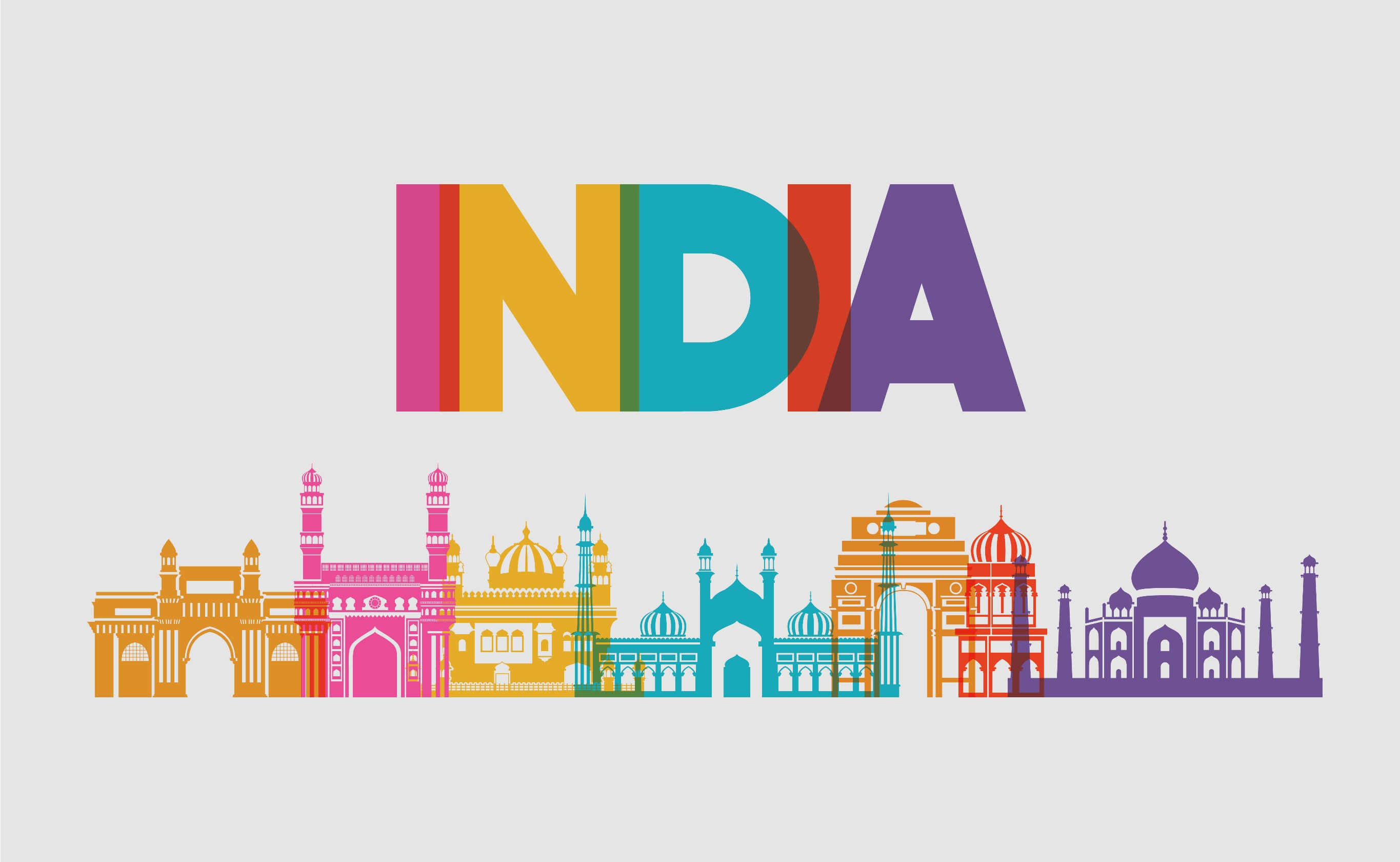 Essay on India in English and Hindi
Essay on India in English and Hindi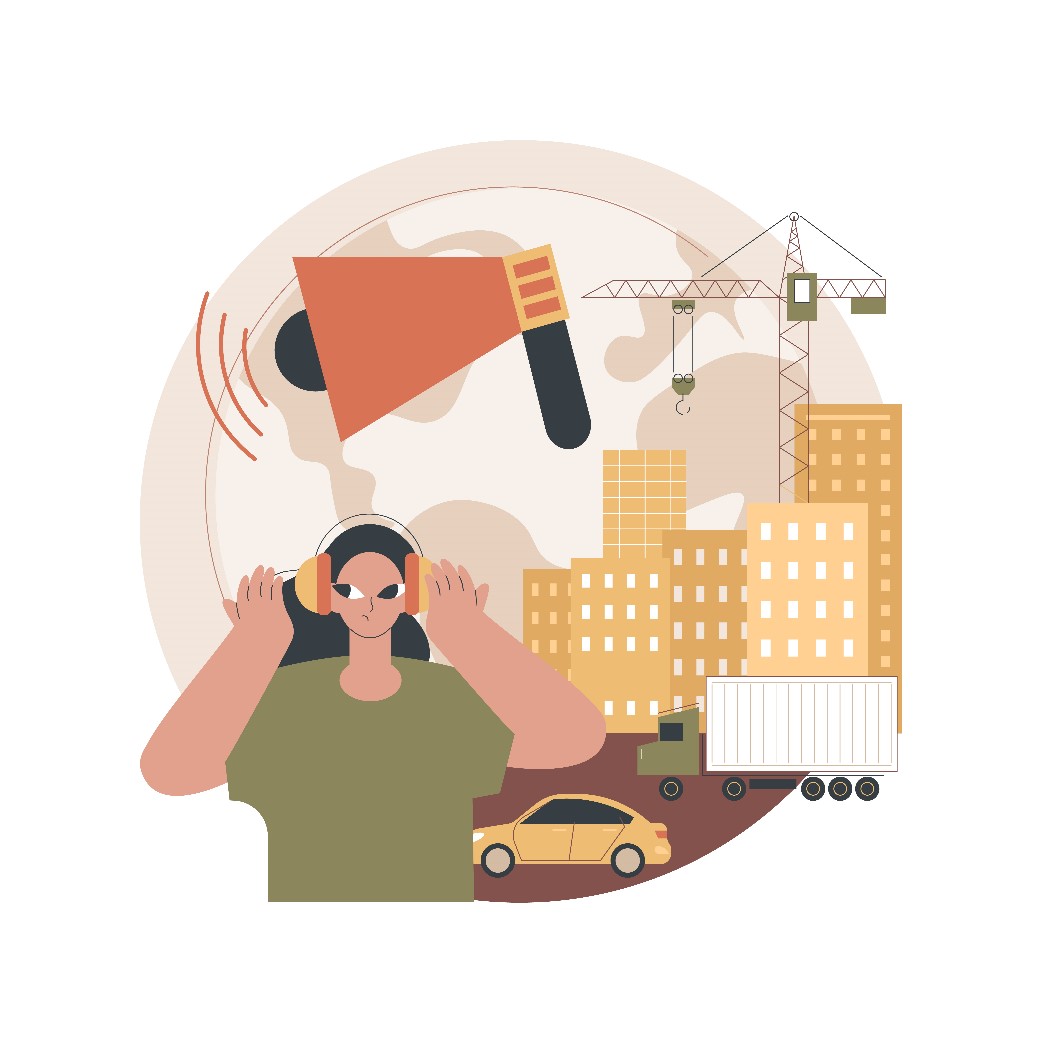 Noise pollution essay in English and Hindi
Noise pollution essay in English and Hindi Plastic pollution essay in English and Hindi
Plastic pollution essay in English and Hindi Essay on Air Pollution in English and Hindi
Essay on Air Pollution in English and Hindi Essay on Dussehra in Hindi and English
Essay on Dussehra in Hindi and English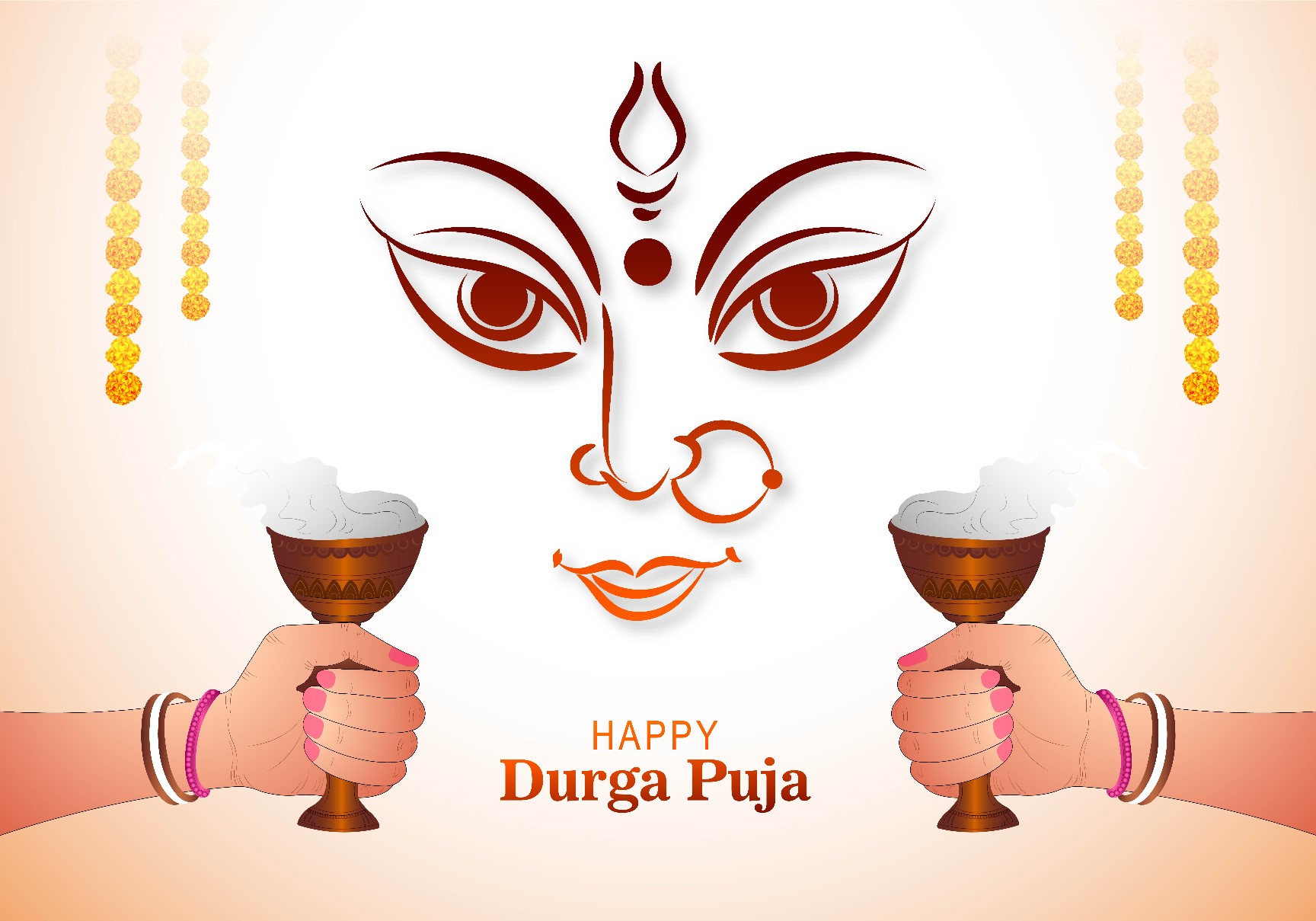 Essay on Durga puja in English and Hindi
Essay on Durga puja in English and Hindi Essay on discipline in English and Hindi
Essay on discipline in English and Hindi Essay on social media in English and Hindi
Essay on social media in English and Hindi Global warming in Hindi and English
Global warming in Hindi and English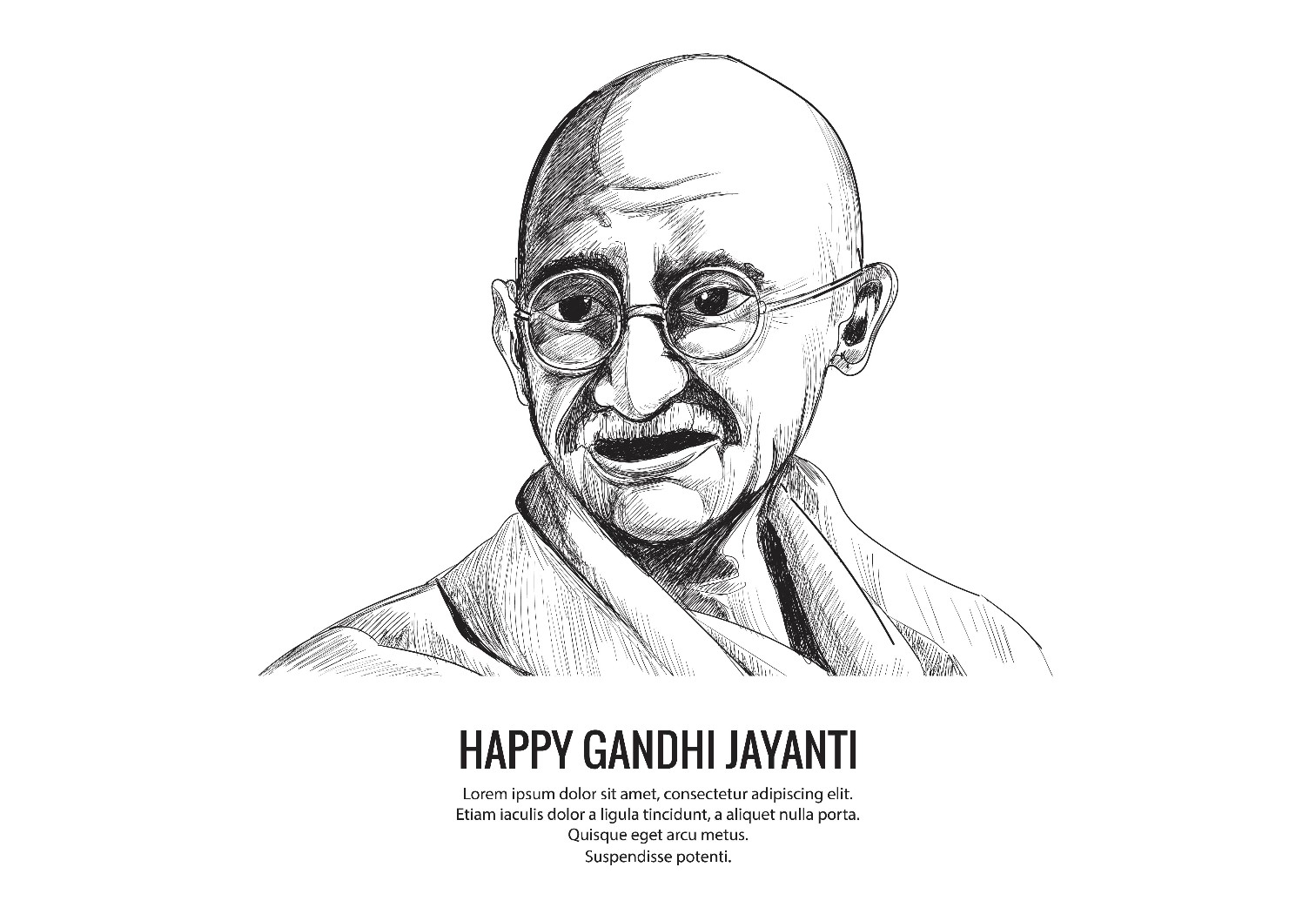 Essay on mahatma Gandhi in English and Hindi
Essay on mahatma Gandhi in English and Hindi
We sincerely appreciate your time and interest in our content. Your support means the world to us, and we’re thrilled that you chose to visit our page.
At AskXYZ, we’re committed to delivering valuable and engaging content. We want to ensure that your experience with us is exceptional. That’s why we invite you to explore more of our posts/articles. We’re confident you’ll find something that piques your interest.
Your feedback is incredibly important to us. It helps us understand what you love and how we can improve. Please take a moment to share your thoughts or suggestions. We’re all ears!
Explore our other posts/articles and share your feedback with us .
